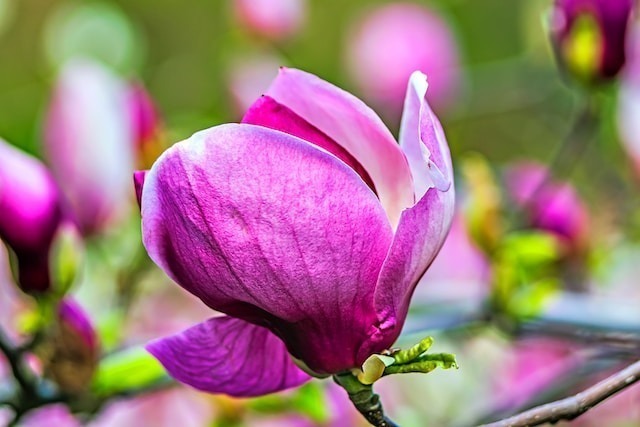A bouquet of flowers is more than just an assortment of blooms; it’s a statement of emotion, a symbol of appreciation, and a piece of nature’s art. Whether you’re celebrating an anniversary, wishing someone a speedy recovery, or simply want to brighten up a room, choosing the perfect bouquet can be both an art and a science. Here’s a guide to selecting the most beautiful flowering bouquet.
1. Understand the Occasion
Different occasions often call for specific flowers or colors:
- Romantic Occasions: Roses, especially red ones, symbolize love and passion.
- Birthdays: Consider the recipient’s favorite flowers or bright, festive varieties like gerbera daisies.
- Sympathy: Choose subtle, muted colors. Lilies and carnations are common choices.
- Graduations: Opt for vibrant, energetic colors like yellows and oranges.
2. Consider Seasonality
Seasonal flowers are not only fresher but often more affordable. Spring might bring tulips and daffodils, while summer offers sunflowers and daisies. In the fall, you might consider chrysanthemums, and winter could highlight roses or poinsettias.
3. Think About Longevity
If you want the bouquet to last longer, look for flowers known for their longevity, like orchids or alstroemerias. Including some greenery can also enhance the bouquet’s lifespan.
4. Play with Colors
- Monochromatic Bouquets: Use flowers of the same color but in different shades, such as light pink to deep rose.
- Complementary Colors: Pair flowers in colors opposite each other on the color wheel, like purple and yellow.
- Analogous Colors: Choose flowers that are next to each other on the color wheel, such as red, orange, and yellow.
5. Size and Shape Matter
Consider where the bouquet will be placed. A large arrangement might be overwhelming on a small table, whereas a petite bouquet might look lost in a grand hallway.
6. Add a Personal Touch
Include flowers or elements you know the recipient will love. Maybe they have a favorite bloom, or perhaps they appreciate non-traditional additions like dried lavender or wheat.
7. Don’t Forget Fragrance
While the visual beauty of a bouquet is essential, the scent can be equally enchanting. Flowers like roses, lilies, and jasmine can infuse the room with delightful fragrances.
8. Check Flower Freshness
Ensure the flowers are fresh. Look for bouquets with firm petals and buds that are just about to open. Avoid those with drooping leaves or brown edges.
9. Consider Non-Traditional Options
While flowers are the mainstay of bouquets, consider adding elements like succulents, herbs (like rosemary or mint), or even fruits (like berries) for a unique touch.
10. Trust the Expert: Your Florist
If in doubt, lean on the expertise of your florist. They’ll know what’s in season, what complements what, and can guide you in crafting the most beautiful bouquet.
Conclusion:
Choosing a bouquet is a delightful process that allows you to convey feelings and messages without words. By considering the occasion, seasonality, and personal preferences, you can select a bouquet that not only looks stunning but also has a special meaning. Remember, the most beautiful bouquets come from the heart.


